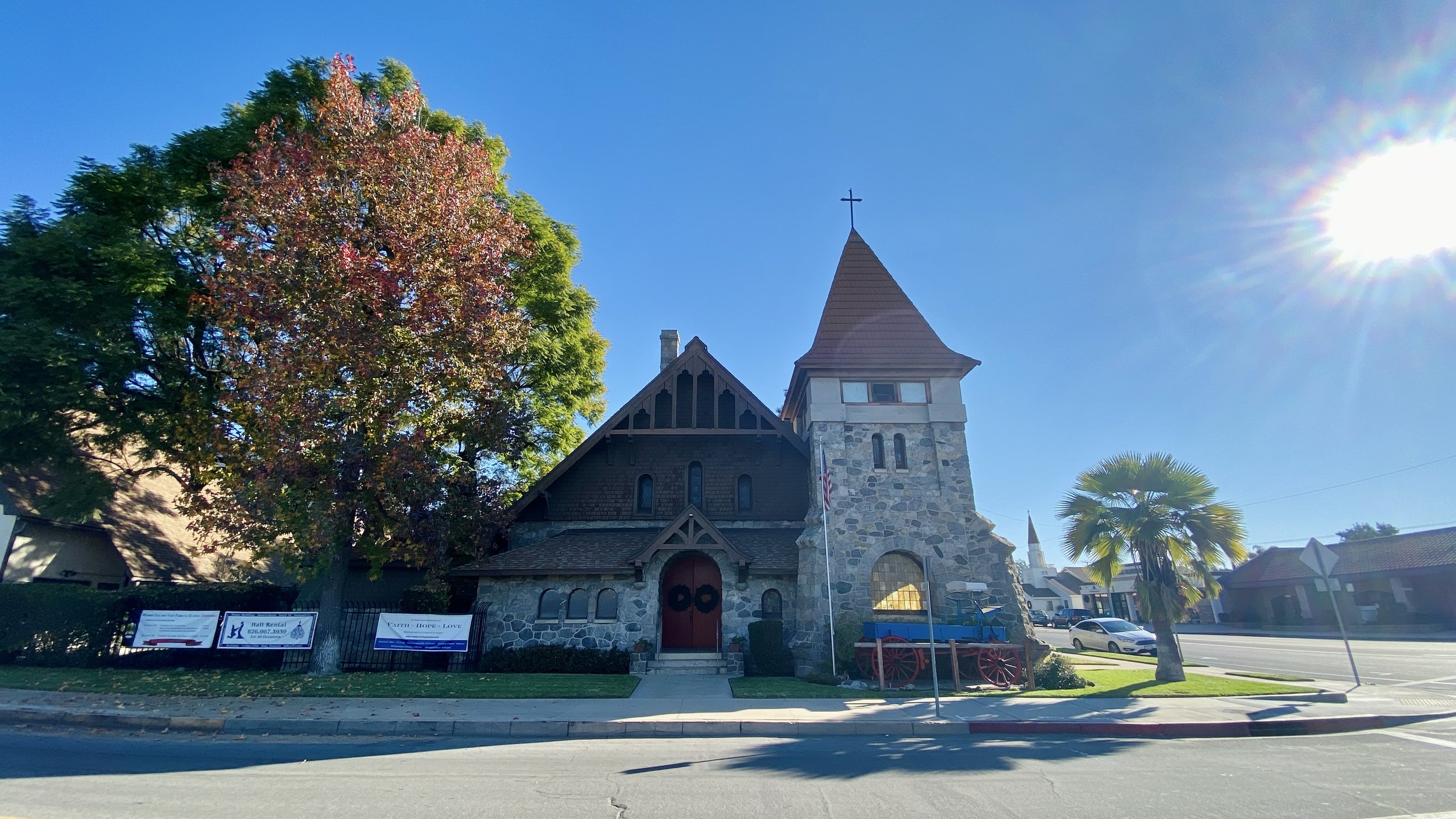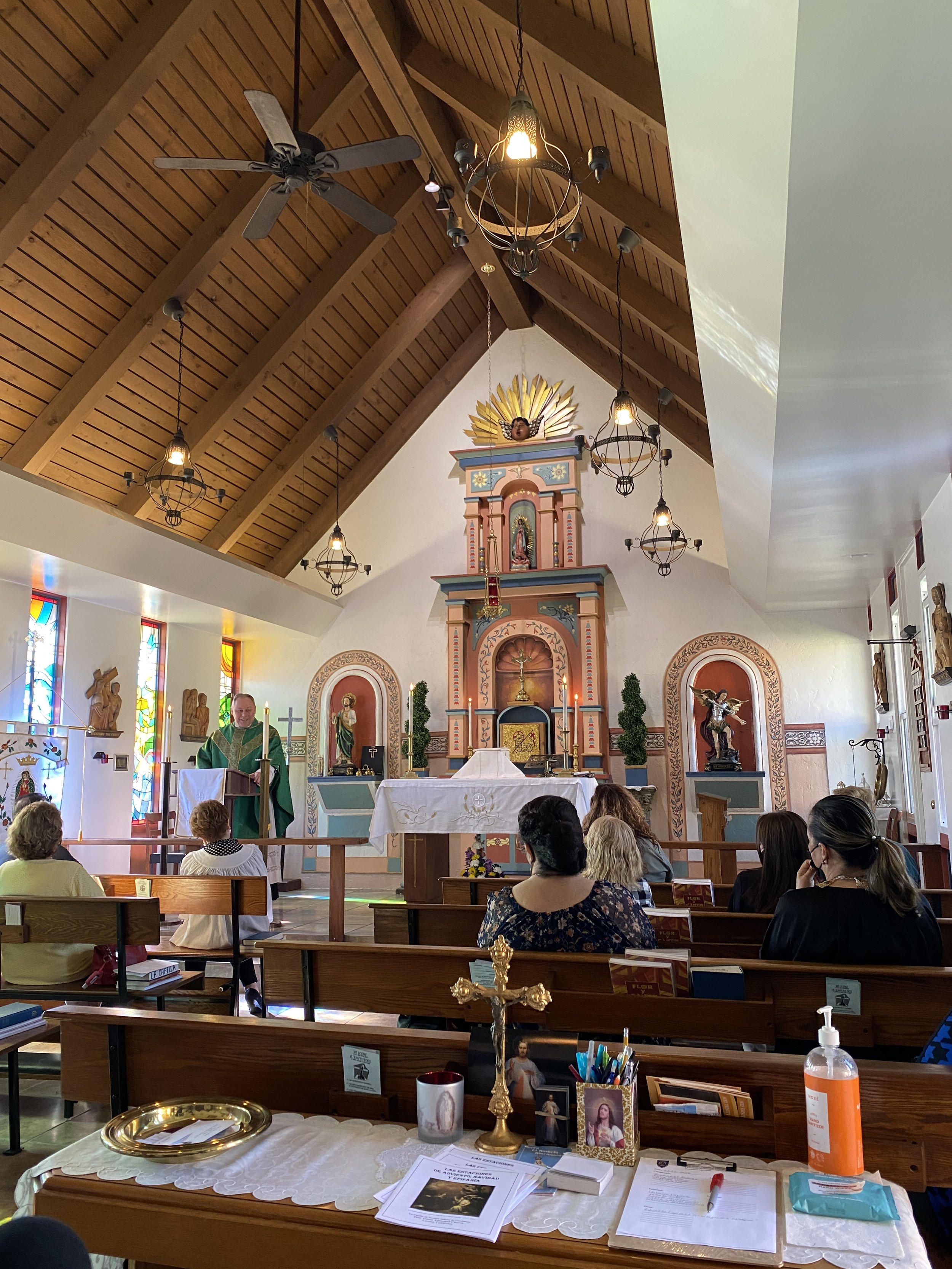My life as a software engineer and church organist in LA
Greetings!
After being a student and unemployed for 7 months, I’m grateful that I’ve landed jobs in the tech and music industries.
I took a leap of faith to pursue a career in tech and I am grateful to be here.
New Career In Tech
Since February, I have been working as a software engineer at Re:Build Manufacturing. Rebuild was founded in 2020 by the former CEO of Amazon Worldwide Consumer, Jeff Wilke. The company aims to rekindle American industry by integrating new technologies into conventional manufacturing businesses.
I commute to the Downtown office Monday-Wednesday and work from home on Thursday and Friday. Luckily the commute is typically under 30 minutes around 7:15 am.
It has been challenging and humbling to be learning so much as a junior developer. In my first couple of months, I have grown in my ability to work on my own, ask the right questions for help, and of course, use Google :)
The majority of my daily responsibilities include coding new features and fixing bugs in a variety of languages and programming environments. Our applications solve real-world problems for our engineers, including applications that program drones and robotics.
Holy Trinity Episcopal Church in Covina, CA
In addition to my day job at Re:Build Manufacturing, I am also Director of Music and Organist and Holy Trinity Church in Covina, CA.
Holy Trinity has a bilingual congregation and is a gem of a parish. I enjoy both the traditional Anglican choral service at 10:15 and the folk mass in Spanish at 12:15.
The choir consists of professional and volunteer singers and sings a varied repertoire from medieval chants to contemporary works. In addition to regular Sunday services, the choir presents special services of Evensong, Lessons and Carols, and Compline.
La Capilla de Nuestra Señora de Guadalupe, is the the stunning Lady Chapel and home to Spanish folk mass. I have enjoyed picking up the new skill of playing piano and singing in Spanish at the same time!
Life Goes On
Despite being busy with two jobs, I have found time to explore the natural beauty found in Southern California. I am also excited about upcoming projects outside of work and I hope to share more soon!
The Latest
In the digital age, a musician’s online presence is no longer optional—it is essential. With audiences consuming music, discovering new artists, and engaging with their favorite performers online more than ever before, musicians must establish a well-rounded digital strategy that goes beyond a basic social media profile. A strong online presence acts as the foundation for brand visibility, audience growth, and career sustainability in an increasingly competitive industry.
A musician’s homepage serves as the digital first impression, making it essential to craft an engaging, visually appealing layout that encourages visitors to explore further. The homepage should strike a balance between aesthetics and functionality, ensuring it communicates professionalism while reflecting the musician’s unique artistic identity.
In an increasingly digital world, having an online presence is non-negotiable for musicians. A well-designed website serves as a central hub where fans, collaborators, and industry professionals can connect with an artist’s work. Unlike social media, where algorithms dictate visibility, a personal website offers complete control over how one’s music and brand are presented. This makes choosing the right website builder critical for musicians aiming to establish themselves professionally.
In today’s digital-first environment, a professional website has become an indispensable tool for classical musicians. It functions as more than just a virtual business card; it acts as a central hub where musicians can showcase their artistry, connect with audiences, and establish their reputations in an increasingly competitive industry. A polished and well-maintained website helps classical musicians stay relevant while reaching broader audiences beyond their local networks.
When designing a website for classical musicians, composers, or ensembles, the platform selection plays a pivotal role in balancing aesthetics, functionality, and ease of use. WordPress, Wix, and Squarespace are popular website builders tailored to different user needs, offering distinct advantages for classical music websites. Each platform brings a unique toolkit to support the design and promotion of these specialized websites.
In an increasingly digital era, the classical music world is no exception to the undeniable shift toward online visibility. Historically rooted in live performances and physical media, classical music now faces a growing expectation to embrace digital platforms for engagement and reach. Musicians, ensembles, and organizations alike can no longer rely solely on traditional means to sustain and expand their audiences.
In today’s fast-evolving digital landscape, the importance of marketing for classical musicians cannot be overstated. The classical music industry, often associated with tradition and heritage, must adapt to modern promotional tools to remain competitive and connect with contemporary audiences. Leveraging digital marketing allows classical musicians to build their personal brands, expand their reach, and sustain long-term careers in an increasingly interconnected world.
I’m a digital strategist, software engineer, real estate investor, and musician with a deep passion for helping real estate and music industry professionals grow their businesses through smart digital solutions.
I bring a unique blend of technical expertise and industry insight to create solutions that help businesses automate processes, increase online visibility, and generate leads—so you can focus on what you do best.

















